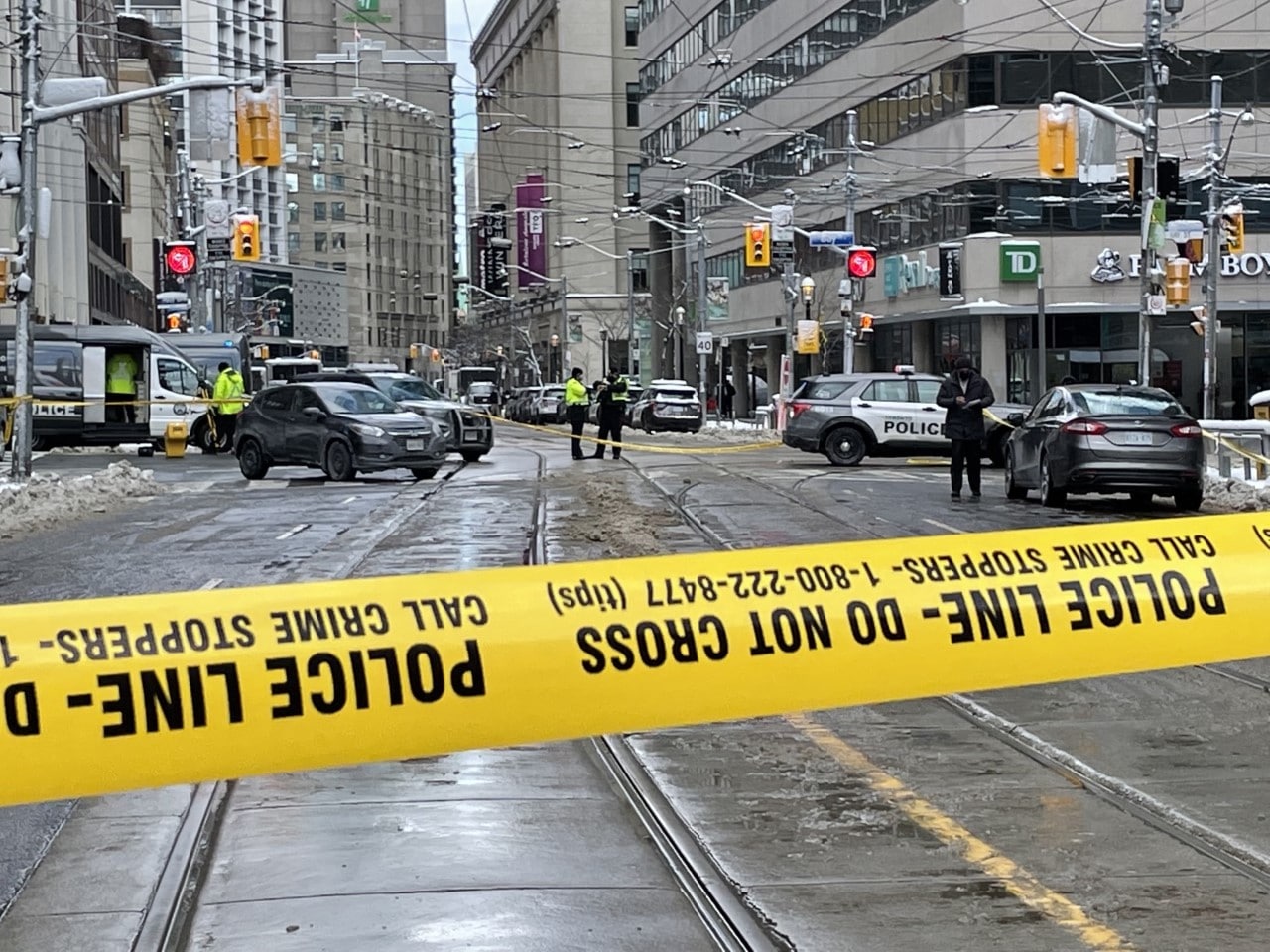Used to be that pedestrians could walk with the full green traffic signal, the amber signal would mean pedestrians should not attempt to cross but complete the walk. The red traffic applied to both cars and pedestrians, do not walk.
Then the pedestrian signals came along. It would turn to the "DON'T WALK" at the same time as the amber traffic light. Then came the flashing "DON'T WALK" while the traffic signal remained green. Then came along the countdown timer, along with the made up rule that pedestrian are forboden to enter, even while the traffic signal is green (which was magically transformed into a "motor vehicle" traffic signal only). Watch out if someone is caught when it's a non-flashing "DON'T WALK" but the traffic signal is amber. Sometimes the pedestrian signal does not appear, because they forgot to press the magic pedestrian signal button. Have seen sometimes the pedestrian "WALK" signal appearing a second or two before the green traffic signal, but only recently.
The duration for pedestrian signals has gotten short and shorter and none at all. Toronto, and Ontario, has become a second class city for pedestrians, compared to other parts of the world.








